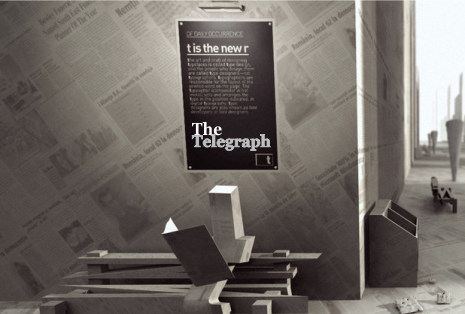Michael Ouma and his band provide probably the most entertaining live band experience in Uganda.
The band leader who goes by the pseudonym Myko, is a lean, unassuming individual. Meeting him for the first time, one could easily mistake him for the band assistant.
It is only in observing him at work that you will discover the power and leadership prowess that lies within him. I was privileged to do that on a recent trip to Kampala.
As I sat on my front row seat enjoying the sweet tones oozing out of the musical instruments ‘Myko’ and his team effortlessly manipulated, I witnessed an interesting spectacle tease out. I noticed how the music gradually rose in tempo from the slow jazzy breezes that it started off with, to faster and faster beats that woo listeners off their seats and onto the dance floor.
I noticed the subtle but effective way in which Myko, who is also the lead guitarist, signalled the change, tempo after tempo.
A slight nod in the direction of the lead singer, the drummer or whoever’s turn it was to take the lead was all it took for the recipient to act and make the change. There was no need to stop or perform any dramatic action to effect the change, but rather a tiny gesture triggered all to act in perfect unison.
This observation was quite humbling. How many times do we as leaders drive change by a simple gesture such as a nod of the head? Do our teams know and trust us enough to take such a simple cue to change?
Do we trust our teams enough to offer a slight signal in their direction trusting they will notice it and effect the required change?
Do we act as much in unison as to notice the change signal when it comes from one or other of the team members selected to drive it? These questions filled my mind as the band kept the dance floor alive.
One of the most important roles leaders play is nurturing trust among the team. More than just getting the individual team members to trust that as their leader you have their best interests at heart, you also need to get them to trust each other. As they set out to execute strategy they need to understand and trust each other to the extent that they impulsively respond to signals coming from yourself as well as from fellow members.
Do all teams act in that way though? If I were to attempt an answer to this question the answer would probably be in the negative. Why though? Many leaders are driven by the belief that authority is demonstrated downwards through overt actions rather than both downwards and sideways through inert signals.
They believe in the old-school system of leading by decree and order and don’t feel the need to take the time to build trust with and among their team members. Team trust is built gradually over time and at the core of the effort to develop it is the need for clear and simple communication. The team objectives need to be clearly defined.
Alongside the alignment come clear definitions of the roles each member is required to play in delivering the ultimate goal. Still, the most important cog in the wheel of building trust is for each member, to honour their commitment without excuse.
-The writer is Managing Director, KBL

